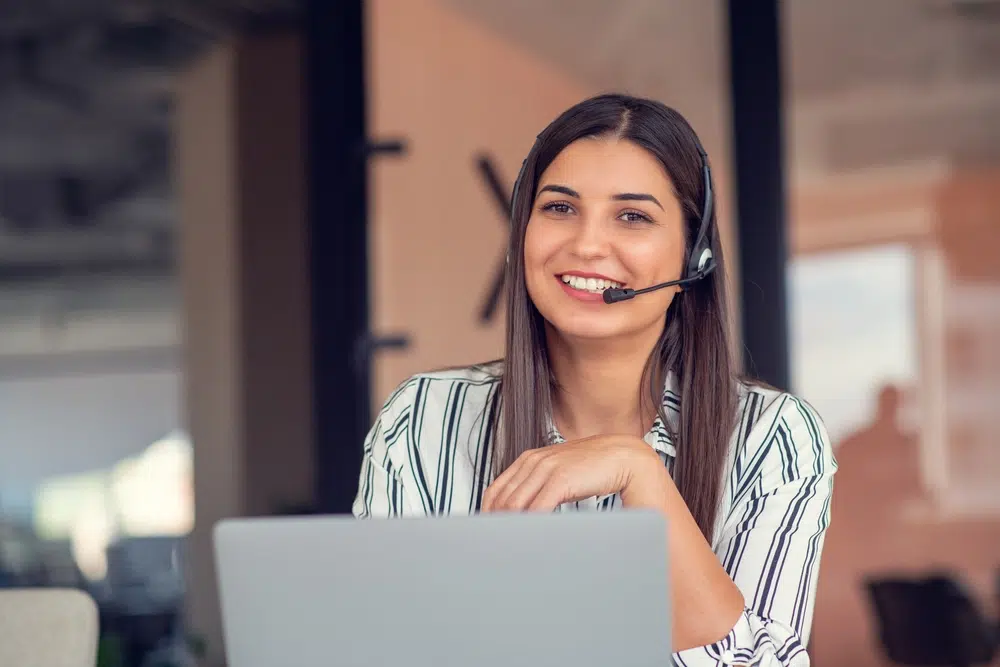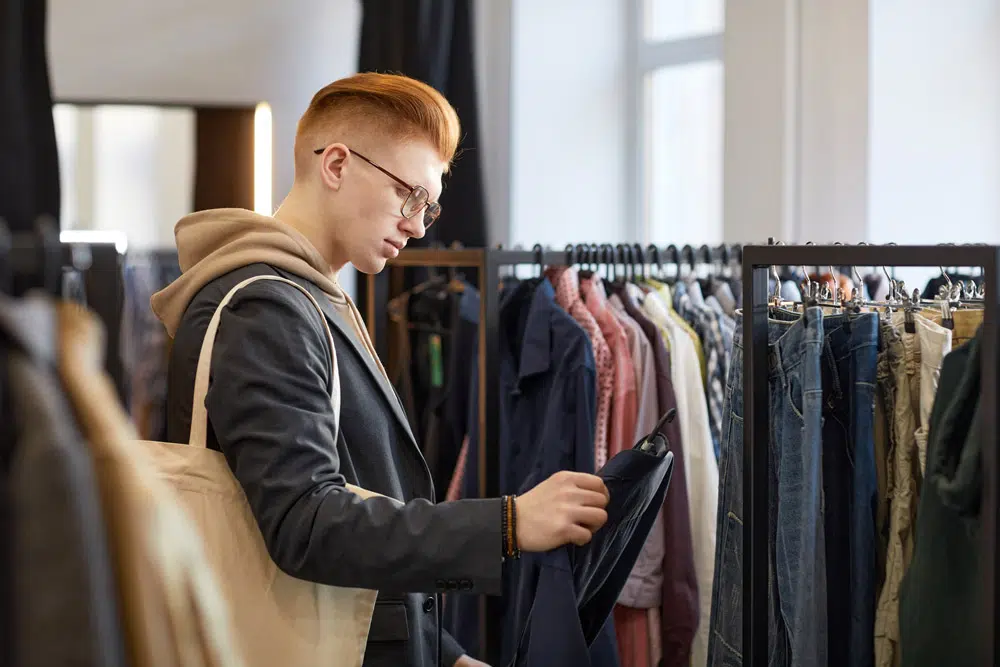
In recent times we have witnessed the transformation of the consumer with an accelerated digitalization, caused by the growth and emergence of new technologies and the confinement and pandemic effect, which forced many brands to start operating under multichannel strategies.
While store visits fell and the e-commerce boom began, the reopening of physical stores has allowed us to see how people have started to return to the stores. The reopening has created a new opportunity: facing hybrid consumers looking for consistency between what they know about our brand and what they expect to see in the store.
When we talk about hybrid consumers, we refer to those who know the brand and how it operates, both digitally and physically—an informed consumer looking for the same shopping experience across all channels.
According to a study by Káwesqar Lab, at least 89% of consumers will continue to use the physical format to shop, and within this, 66% will opt for mixed formats, shopping omnichannel or hybrid (Ecommerce Tracker Lab June 2021 – Kawésqar Lab).
Moreover, we know that June has been the month that has registered the highest number of visits in shopping centers in 2021, increasing by 3 points the qualification of affluence to stores (source: Getin Study “the renaissance of physical stores 2021”).
This new context and changes in the consumer’s shopping style result in a direct challenge in productivity, stock assurance, and implementation to meet the current needs of shoppers and increase our average tickets.
Stock challenges
Considering the new consumers, the stocking challenge means that each store must ensure the availability of key items. For example, having stock of sizes according to the demand of the geographical location of each store, having the color curve for each product, and finally that those critical SKUs for the season or that are in online presence, are also available in our physical stores.
So, the stock challenge goes beyond just “having products” but must generate an intelligent planning and demand projection system, together with a sound logistics system that coordinates all processes efficiently. This requires technological platforms to support the operations as a whole, helping to systematize compliance at all levels in the store.
For stores, the challenge goes beyond the basic concept of the system’s stock. To achieve sales, the product must be available at the customer’s fingertips. It is essential to ensure that all the efforts made to ensure assortment are reflected in the consumer’s eyes, avoiding display shortage in the store. In other words, products should not be hidden or forgotten in the backroom but should be correctly displayed on the tables, wall displays, and cabinets, allowing them to be sold at the right time.
A technological tool, such as ShelfManager, can support stores in identifying the need for replenishment on the sales floor at SKU level so that the product is always available in front of the customer.
Implementation challenges
Currently, the average time customers spend in a store is 11 minutes per person (source: Getin Study “the renaissance of physical stores 2021”). The big questions to ask ourselves are: How do we implement with the customer journey time in mind? How do we win over the customer in less than 11 minutes?
If we think about the customer journey and take advantage of every minute of their visit as an opportunity, it is essential to consider the role played by promotional activation. This must be aligned across all communication channels in line with the company’s strategy. In addition, unique in-store opportunities can be generated to confirm and leverage the consumer’s decision to visit our stores physically.
Implementing on time and efficiently starts by ensuring communication with the store so that guidelines from different business departments, such as marketing and visual merchandising, reach the store and are correctly implemented.
In contrast, we often encounter problems of visibility and actionability to correct possible errors in these implementations, such as lack of product, POP material, or poor execution of the planogram or display, among others.
Platforms such as Frogmi allow us to send implementation tasks with all the relevant information to be executed in-store, guiding them to ensure the reception of the information and proper execution.
Considering the rise of hybrid consumers, stores must keep up with the pace of promotional activities in the digital world. Hence the growing relevance of communication to and from stores.
Technologies such as Frogmi allow HQ to receive real-time results, with valuable information such as photographic evidence. In addition, since Frogmi is a web-mobile platform, it is possible to access this information from wherever you are, thus eliminating the need for physical store visits by the areas in charge to corroborate the execution.
An example of productivity with an omnichannel focus.
Based on the above, we know that increased competition and omnichannel demand greater flexibility and agility in promotions and activations, along with the need for fast and effective communication.
One retailer that today is betting on introducing Frogmi technology to its processes and workflows is La Polar. Its Operations Manager, José Ramón Sánchez, states that “The teams feel more satisfied, the level of service has improved, the products codes match, the process iteration is reduced by half, life is simplified, and everything is faster.”
The contribution of technology to support retail strategy is driving and achieving faster and more effective communication, impacting team productivity. It enables staff to carry out all planned activities quickly and effectively while at the same time generates real momentum for the store’s omnichannel strategy.













